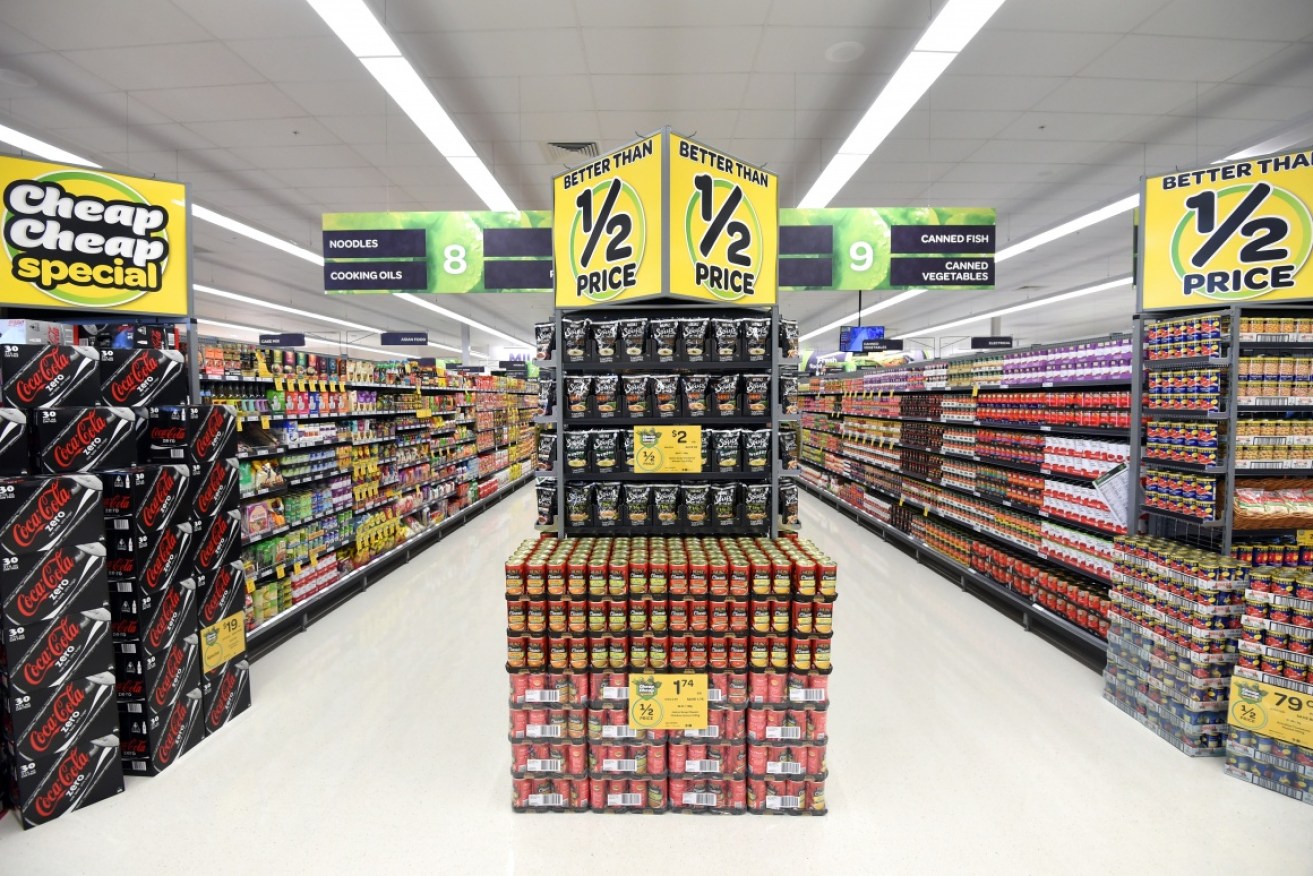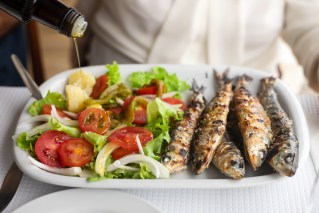How to tell if the food you’re eating is really healthy


Do you want to know if what you're buying is actually healthy? Look for these numbers. Photo: AAP
Australia’s health star rating system has come under fire in recent weeks, with Choice, the nation’s largest consumer advocacy group suggesting that the system needs an overhaul.
The health star rating aims to assess the overall nutritional profile of packaged food and assigns ratings from ½ star to five stars as a standard way to compare similar packaged foods.
Unfortunately, the system is far from perfect, which Choice showing a lot of products were not being accurately represented by the star rating system.
It’s something nutritionist Susie Burrell has known for a long time.
“Two years ago there were changes proposed to improve the system and they still haven’t been implemented,” she told The New Daily.
This is “alarming” considering unhealthy diets are a leading contributor to poor health in Australia, where two in three adults and one in four children are overweight or obese.
In the meantime, Ms Burrell has some tips for making healthier choices in the supermarket aisle.
“We know that when it comes to buying groceries, we should stock up on vegetables and steer clear of the Tim Tams … but when it comes to identifying which packaged foods are good choices, choosing the healthier option isn’t always clear,” she said.
This is the advice she gives her clients.
Don’t try and compare apples with oranges
“Looking at a nutrition panel is unfortunately not that straightforward. You have to always compare products to products – you can’t compare yoghurt to bread.
“You need to stay in the same category, then you are comparing similar nutrients in the food and the numbers are relative to that.”

Read between the numbers of nutrition labels, nutritionist Susie Burrell says. Photo: TND
The aim is to summarise nutrient quality
“A few little things I check for – if it’s a carbohydrate-rich food like bread, rice, cereal, pasta, fruit yoghurt, fruit snacks, biscuits – is whether it has a controlled amount of carbohydrate and sugar.
“On the label sugars are included with carbohydrates.
“You can look at sugars alone, sure (a rough guide for that is no more than 10g per serve or even 5-10 per cent sugar, which is more than enough and the less the better, obviously) … But what the total carbohydrate content does is take into account things like rice crackers and processed carbs.
“Say for example you look at 10 rice crackers and it’s got 30g of carbohydrates … that’s the same amount that is in two slices of bread. It’s a really dense product. I like to look at carbohydrates per serve … otherwise it’s an indirect measure of how much we’re having.”
What about fat?
“As a very rough guide we usually aim for less than 10 per cent total fat.
“But the issue is of course if you’re buying olive oil, it’s 100 per cent fat, which doesn’t mean it’s bad … and some grain breads can have 20-30 per cent fat and they’re not ‘bad’. It’s more when it comes to processed foods that we look for less than 10 per cent fat.”
Analyse the protein content
“If it’s a snack food that has protein like nuts or yoghurt, I am aiming for something that has 5g to 10g per serve.
“It’s important to have a look at that as you don’t want to be consuming empty-calorie foods. I want things with protein as a measure of nutrient density.”
In summary when it comes to the nutrition panel, her advice is to check a couple of key nutritional factors quickly – the amount of carbs, sugar and whether it contains some protein and some fibre (3g to 6g per serve is a great product).
Don’t ignore the ingredient list
It’s not just the nutrition panel that we should be taking note of. Ms Burrell said the ingredient list also sheds valuable light.
“If you see an ingredient list that takes up half the packet of the product, this is a big problem,” she said.
“This is suggesting the food is highly processed and has a lot of extra ingredients most of us don’t want to be consuming. We want foods that are as natural and unprocessed as possible.”

Ultra-processed foods are bad for our waistlines and our lifespans. Photo: TND
Damning evidence was released last week showing the link between ultra-processed foods and an increased risk of cardiovascular disease and even death.
Ultra-processed foods usually combine many ingredients, such as sugar, oils, fats, salt, anti-oxidants, stabilisers and preservatives that have also been significantly processed to promote their taste, convenience and shelf life.
“If I recognise all the ingredients on the list, or if I look at a fruit yoghurt and it’s got nothing on the list other than milk and fresh fruit, then it’s a good natural product,” Ms Burrell said.
“If you scan the ingredients list and there’s 37 ingredients, I’d give it a miss.”
Which brings her back to the health star rating.
“It doesn’t matter if a processed food has two health stars or four, the aim is to eat less of them. The simpler message is to eat less packaged and processed foods as possible.”








